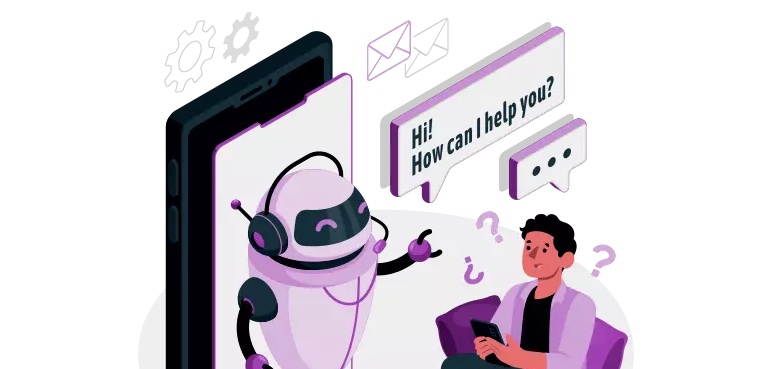4 Kinds of AIGC Applications: A Glimpse to Realize Imaginative Worlds
Artificial Intelligence Generative Content (AIGC) has blossomed into a cornerstone technology, opening up a realm of AIGC applications that were once confined to the pages of science fiction, turning what once seemed like pure fantasy into achievable reality.
It’s an exciting time as we witness the dawn of AIGC’s vast potential with vast possibilities of AIGC applications. Below, we highlight four groundbreaking services set to be reshaped by the power of AIGC, offering a window into a future rich with inventive products and services.
1. The Evolution of Digital Interaction:Neural Language Model Chatbots
Neural language model chatbots represent a quantum leap in conversational AI. Unlike their simplistic predecessors, these chatbots imitate neural processes to produce discourse closely resembling human conversation. They can interpret complex prompts, mimic linguistic nuances, and respond contextually. This technology isn’t just enhancing customer service interfaces—it’s also evolving into sophisticated virtual assistants capable of multilingual communication, creative storytelling, and nuanced interaction. As these chatbots continue to refine their verbal abilities, the distinction between human and AI communication will increasingly blur.
2. Breathing Life into Words:Text-to-Speech
AIGC is rapidly advancing the field of text-to-speech (TTS) technology, enabling AI to deliver spoken word with the inflection and rhythm of natural speech. The implications are profound. In entertainment, these advancements could provide voices for animated entities, scaling production while ensuring emotional resonance. In daily life, the combination of TTS with neural language chatbots could simulate engaging dialogues with public figures, creating uniquely personalized experiences that were once unimaginable.
3. The New Art of the Visual:Photorealistic AIGC Imagery
The advent of AIGC in photo creation and editing has ushered in an era of hyperrealistic imagery customization. Beyond mere digital touch-ups, AI is now capable of generating entirely new visual content that aligns with specific styles or themes. This technology is not just a gimmick for social media profiles; it has serious applications across gaming, cinema, advertising, and professional branding, offering a cost-effective alternative to traditional photography and graphic design while also pushing the boundaries of creativity.
4. Virtual Companionship: Beyond the Screen
The concept of AI companionship, once a cinematic fancy, is materializing with astonishing speed. AIGC has enabled the creation of virtual entities that can engage in meaningful dialogue, provide emotional support, and even exhibit personality traits. These AI companions are not just about simulating affection; they are tools designed to foster social skills, emotional intelligence, and mental health, with a potential impact that spans from therapeutic to recreational.
Addressing the Ethical and Security Challenges
The transformative power of AIGC, while remarkable, does not come without significant ethical and security considerations. The potential for misuse, such as identity theft or fraud, is a pressing concern that necessitates stringent safeguards. The industry is responding with advanced security measures like two-factor authentication (2FA) and biometric verification, alongside robust data protection regulations. As these protective mechanisms mature, they promise to enable the safe and responsible use of AIGC technologies.
AIGC is a technological marvel poised to redefine our interactions, entertainment, and personal lives. As we stand on the cusp of these advancements, it’s clear that AIGC holds the keys to unlocking worlds of uncharted complexity and intimacy. The opportunities are as vast as the imagination, and “Norelle’s world” is just the beginning of what can be crafted in the burgeoning tapestry of AI-generated realities.
